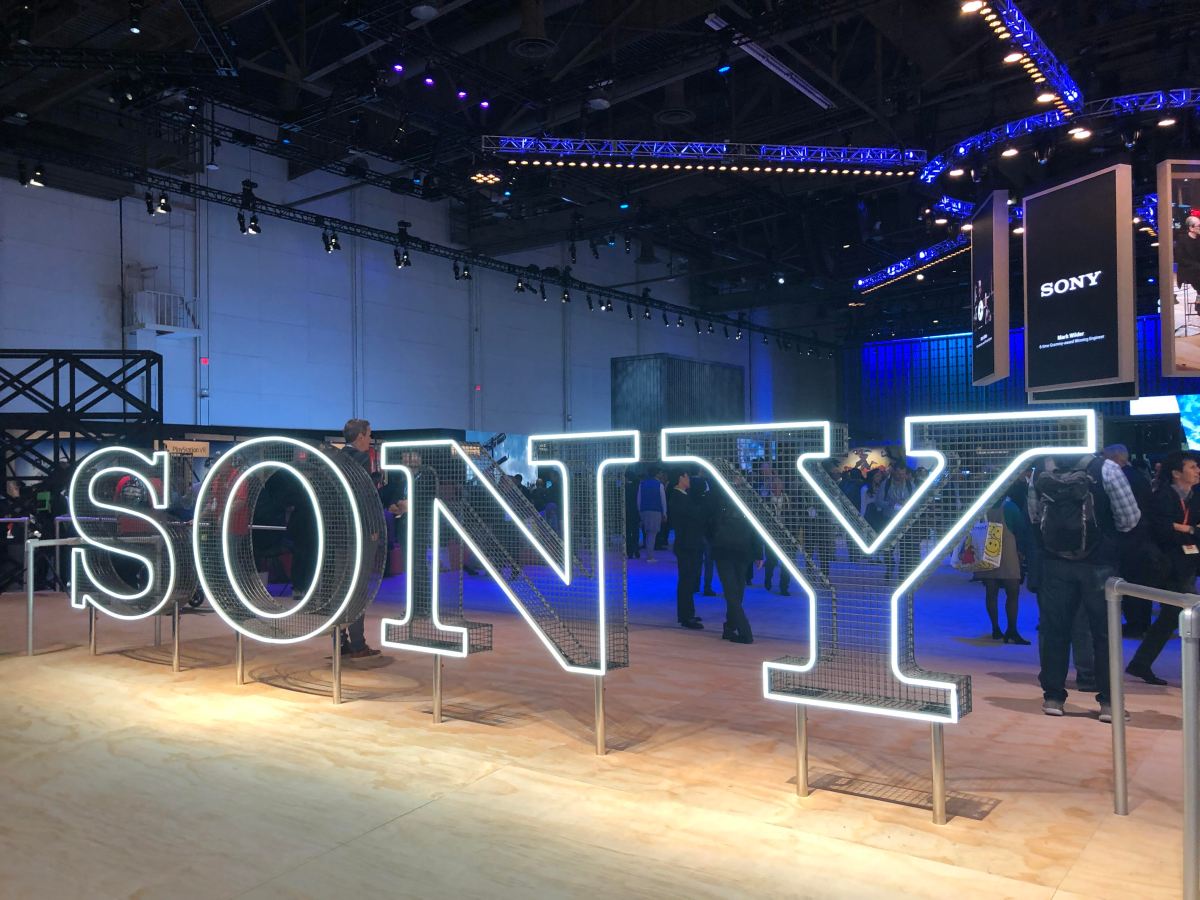This year, CES spans 2.75 million square feet of exhibit space in Las Vegas. That’s about 63 acres, 48 football fields, or way more lawn than you would ever want to mow. Fill that space with 4,500 exhibitors, and you really need to do something special to stand out.
Fortunately, companies rise to the occasion every year. Follow the crowds, and you’ll find the blockbuster booths of CES, where people flock to be amazed, intrigued, and inspired. They may not always have the best products of CES , but they sure as hell put on a good show.

Bell
When a helicopter company comes to CES, you know it’s bringing something special. Bell delivered with the Nexus, a concept flying taxi that absolutely bowled us over when we stumbled upon it. As the eight-foot rotors swivel forward, it’s like a sci-fi prop come to life. Where can we put a down payment?

LG
LG never fails to put on a show, and this year was no exception. A cascading wall of OLED televisions wraps up and around visitors like a massive wave, playing a loop of nature footage that showers the entire space with light. Sorry, photos can’t quite do it justice.

Samsung
Spanning 219 inches, Samsung’s Micro LED televisions outshine anything else on the show floor. Literally. When footage of the sun pops up on this monster television, you can see people shielding their eyes.

Furrion
How did they do that? When you see this 78-foot yacht inside a building, it’s impossible not to wonder. As it turns out, it takes a custom-built semitrailer and a police escort to move this sucker on land. We don’t envy the guy driving that rig, but after exploring the tech inside, we certainly envy whoever ends up buying this thing.

Google tripled the footprint of its exhibition space this year, and you can see why: The number of products with Google Assistant built in has become absolutely dizzying. As if the museum-size collection of smart gadgetry on the ground floor wasn’t enough, the upstairs featured an amusement park-style ride that shows riders the possibilities of Google Assistant. Yes, seriously.

Audi
Classy cars deserve a classy booth, and Audi knows how to pull it off. Huge curtains of LED lights encircle an elevated platform bedecked with the latest concept vehicles, including one that uses hydraulic struts to fake movement for a VR ride. They probably could have picked a better floor material, though. After enough falls on the slippery white plastic, Audi had someone barking at showgoers to use the railings.

Sony
Sony’s predictably dry press conferences somehow continue to get worse every year, but its booth sure is pretty. A giant Sony logo upfront beckons for selfies, and stacked shipping crates around the outside create room for product experiences. Of course, Sony isn’t shy about leveraging its celebrity ties to keep its staged stocked with a rotating cast of directors, photographers, musicians, and other stars.



